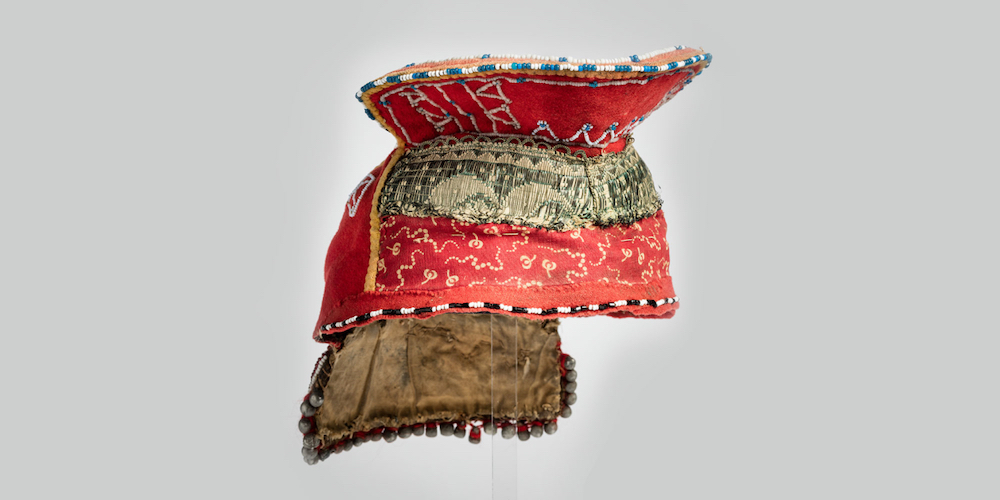Finnish museum prepares Sámi exhibit ahead of major handover of artifacts
Return of items will require extension of Sámi museum that will house them.

Finland’s national museum is planning an exhibit of Sámi artifacts this autumn in connection with a major handover of items it describes as a way to correct how Sámi history has been told in Finland.
The exhibit of 150 items at Kansallismuseo in Helsinki opens in October. According to the museum, it will be a way to display the significance of cultural heritage and to encourage visitors to think about the control and ownership of cultural heritage.
“This isn’t only about giving the items back,” Elina Anttila, director-general of Kansallismuseo, said. “The exhibit will be about Sámi history and culture and what repatriation means.”
Titled Mäccmõš, maccâm, máhccan – Homecoming (the first three words all mean “homecoming” in Skolt, Inari and Northern Sámi, respectively), the exhibition is being organized by Petra Laiti and Outi Pieski, both Sámi artists.
[Sámi group asks Swedish museum to return human remains held in archives]
The 2,000 or so items will be moved from Kansallismuseo, in Helsinki, in 2021 after completion of an extension of Sámi Museum Siida, in the town of Inari. Sámi Museum Siida currently houses 7,900 items, and the work — agreed upon in a 2017 agreement between the two museums — is necessary in order for it to be able to properly house the new items.
The items, which include silver jewellery, clothing and objects made of bone and silver, were collected by linguists, historians, public officials and ordinary Finns over a 180-year-period ending in 1998.
The items that were collected — as well as the collection itself — reflect the times during which they were collected, according to Anttila. After the transfer, Sámi Museum Siida will be responsible for maintaining the items and displaying them in a way that is significant for them.
“The objects represent knowledge about previous generations, their worldview and their history. They tell the story of Sámi culture,” she said.